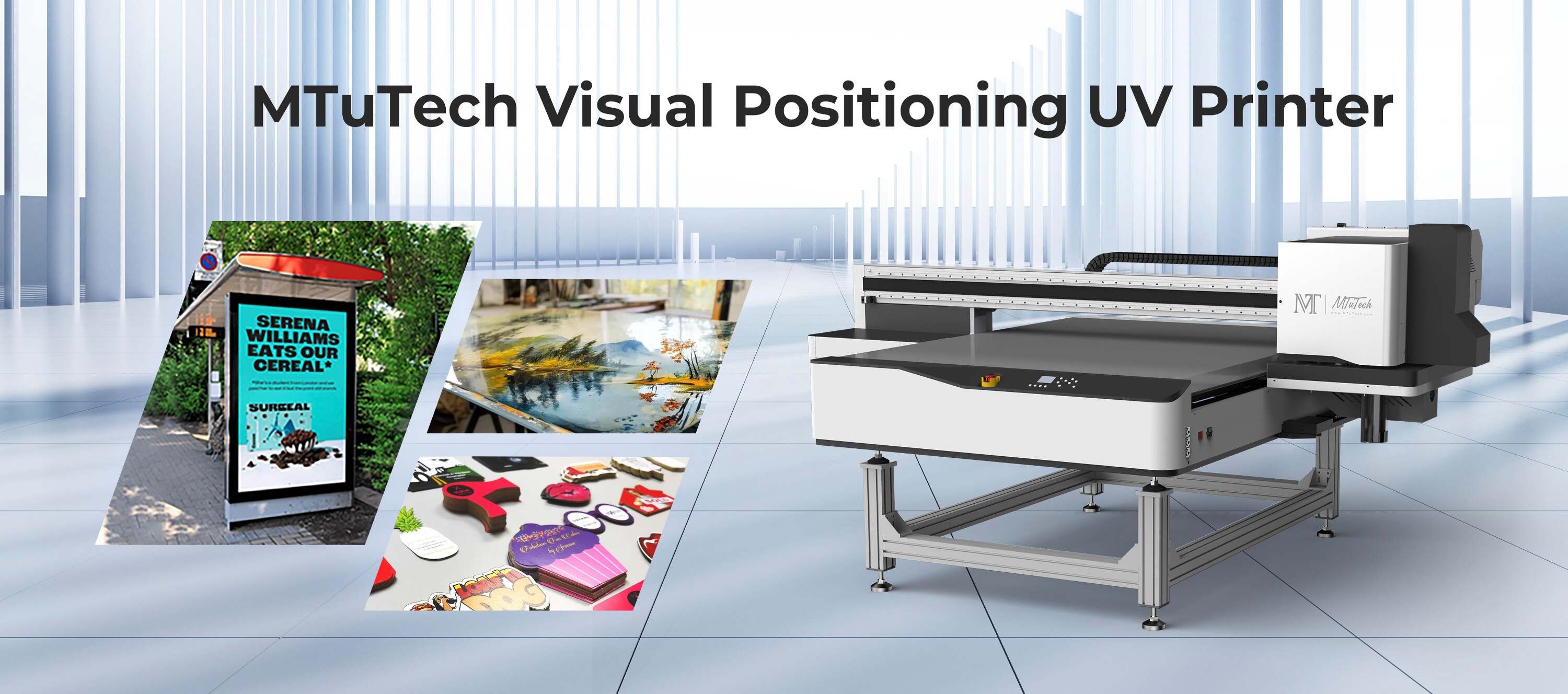Introduction
Choosing the right type of UV printer for your business is crucial for maximizing efficiency and ensuring high-quality results. With the rise of UV printing technologies, many businesses are faced with the dilemma of selecting between single-pass and multi-pass UV printers. Each has its unique features, advantages, and potential drawbacks. This blog aims to provide an informed guide to help you make the best choice tailored to your specific printing needs.
Understanding UV Printing
UV printing is a digital printing technology that uses ultraviolet light to cure or dry the ink as it is printed. This process allows for high-quality, vibrant prints that adhere well to a variety of substrates. As the UV printing market continues to expand, printers are faced with two primary methods: single-pass and multi-pass printing. Understanding how these methods differ will assist in making an informed decision.
Single-Pass UV Printers
Single-pass UV printers operate by passing the substrate through the printer once while printing all colors in a single pass. This method is designed for high-speed production and efficiency.
Benefits of Single-Pass UV Printers
High-Speed Production: Ideal for large volume print runs, as they can produce prints quickly, saving time and labor costs.
Cost-Effective: Reduces operational costs by minimizing ink usage and waste.
Lower Labor Costs: Requires less manual intervention due to automated processes.
Consistent Quality: Achieves uniform printing in one continuous process, maintaining color fidelity and consistency.
Features of Single-Pass UV Printers
Flatbed Design: Many single-pass printers feature a flatbed design, suitable for larger substrates like signage and packaging.
Multiple Print Heads: Equipped with multiple print heads to layer colors and achieve high-quality images quickly.
Advanced Automation: Automation features often increase efficiency, reducing production times and errors.
Multi-Pass UV Printers
In contrast, multi-pass UV printers print one layer at a time, going over the substrate multiple times until the full image is created. This method can be beneficial for certain applications that require intricate details.
Benefits of Multi-Pass UV Printers
Exceptional Detail: Capable of printing detailed images and fine lines, making them suitable for graphic-heavy applications.
Vibrancy and Depth: Allows for thicker application of inks resulting in vibrant, rich colors.
Versatility: Suitable for a wider range of materials and textures, adapting well to specific job requirements.
Features of Multi-Pass UV Printers
High Resolution: Can achieve higher resolution settings for detailed prints, perfect for intricate designs.
Increased Color Options: Often support a broader color gamut, allowing for more vibrant and varied prints.
Flexibility: Adaptable to different printing situations, including short runs and specialized print requests.
Choosing the Right Printer for Your Needs
When selecting between single-pass and multi-pass UV printers, consider the following factors:
1. Production Volume
If you're dealing with high-volume orders that require speed and efficiency, a single-pass printer may be the better choice. Conversely, if your projects involve lower volume but demand high detail and vibrancy, consider a multi-pass printer.
2. Type of Materials
Different printers handle different substrates better. Single-pass printers excel with flat, rigid surfaces while multi-pass printers can handle more diverse materials, including textured surfaces.
3. Print Quality Requirements
If your business needs to produce high-quality, detailed prints, multi-pass printers offer superior graphic detail. Single-pass printers provide quality, yet multi-pass may be more suited for images requiring fine lines and a diverse color palette.
4. Budget Considerations
Budget is always a crucial factor. Single-pass printers typically require higher initial investments but can prove more cost-effective in the long run due to faster production times. Multi-pass printers might have lower upfront costs but may incur higher operational costs over time due to longer production periods.
Conclusion
The decision between single-pass and multi-pass UV printers ultimately depends on your business needs, production volume, and specific printing requirements. High-speed and cost-effective solutions lean towards single-pass systems, while detailed and versatile prints may favor multi-pass options. Regardless of your choice, investing in the right UV printer can significantly impact your productivity, quality, and overall business success.
For further insights and to explore high-quality UV printers designed for various needs, explore our high-quality UV printers here.
FAQ
What are the typical costs of single-pass and multi-pass UV printers?
The costs can vary widely depending on the model, brand, and features. Single-pass printers generally have higher upfront costs due to their advanced technology. Multi-pass printers can be more budget-friendly initially but may incur additional costs over time due to longer operational times.
Can I use both types of printers in my business?
Yes, many businesses do use both types of printers to take advantage of the strengths each offers. This allows for flexibility in addressing various projects, catering to both high-volume and detail-oriented printing needs.
How do I maintain UV printers?
Regular maintenance is essential for both types of UV printers. This includes cleaning the print heads, monitoring ink levels, calibrating print settings, and performing routine inspections to ensure optimal performance.
Are there specific industries that benefit more from single-pass or multi-pass printers?
Single-pass printers are often favored in industries with high demands for production speed, such as signage and packaging. Multi-pass printers are more commonly found in industries that require high-quality graphics, such as commercial photography and custom print shops.

